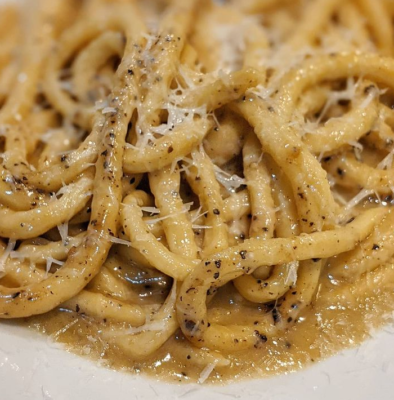Pici Pasta
Pici Pasta. It is thought that pici pasta originated in Etruscan times but exactly how is a hotly debated subject. Generally, there are two main legends surrounding this simple dish. One is that it takes its name from the Etruscan foodie, Apicius. The second is that pici is a shortened word stemming from the Italian word, appreciate or “to stick”.
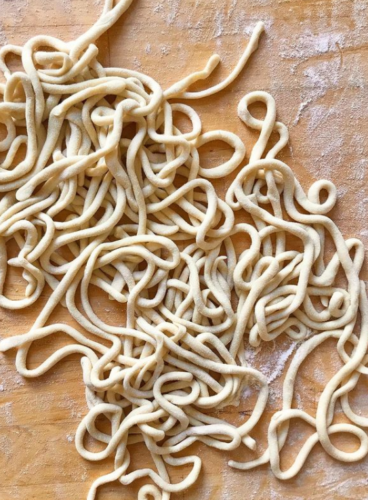
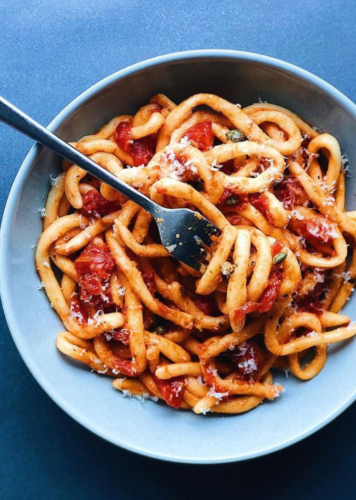
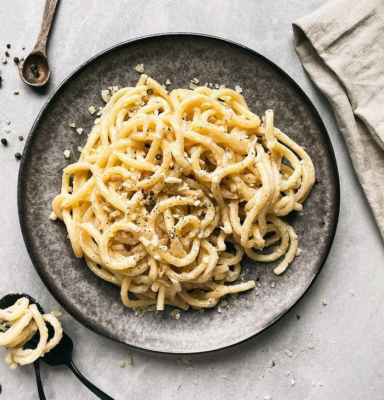
Wherever the name comes from, it has been a staple in the kitchens in Siena and the nearby countryside for generations. Even within this small area though, there are variations. In Montalcino, for example, it is known as pinci instead of pici. These minor differences are not just found in the name, but also in how it is prepared.
The traditional and simple peasant recipe uses only water, flour, salt, and a bit of oil. Other varieties include egg in the dough and this makes a heartier finished product (as well as a version that some say isn’t pici at all). In either case, the dough is rolled out, and then hand-rolled into long strings, much fatter than spaghetti but thinner than penne.

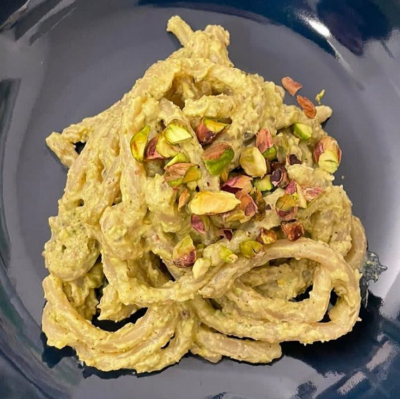
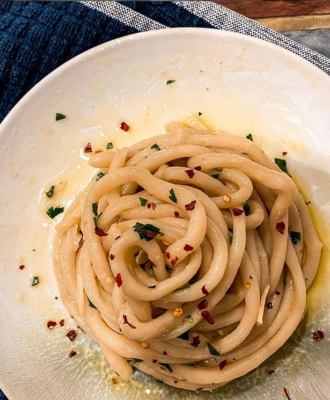
The irregularities in the rolling are though to make little nooks and crannies that sauce can cling to, creating the perfect pasta for hearty sauces. The sauces to coat the pici pasta are an equally important part of the finished dish. Pici isn’t traditionally eaten with just any old sugo. It goes well with very specific sughi types, and from village to village these also vary. Four of the most popular (and conventional) pasta sauces to try are: cacio e pepe, ragù, aglione and pici alle briciole. Description by www.dievole.it
